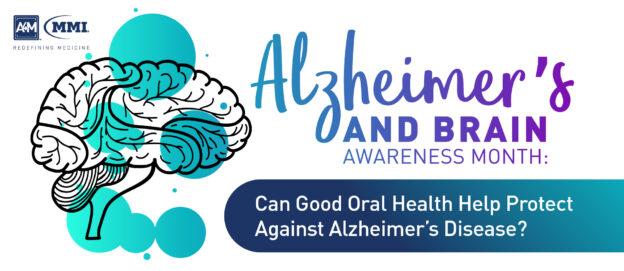Did you know brain health is one of the strongest indicators of longevity? And that of all the factors affecting brain function, nutrition may have an even more significant impact than most?
What we eat can affect memory, mood, ability to think clearly, and how long the brain operates at optimal levels. Healthy brain aging is possible even in the face of genetic and environmental risk factors. Mental vitality may be maintained or restored through a nutritious diet, physical activity, and stress management practices.
Below are six powerhouse nutrients for healthy brain function and longevity – each vital in maintaining healthy neural function and protecting from age-related decline.



